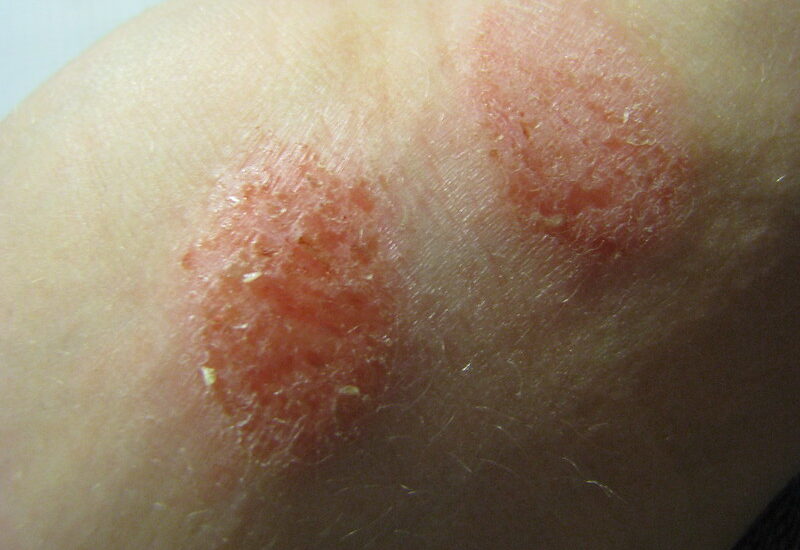If you’re struggling with how to look after eczema skin, this comprehensive guide will take you through each step, from identifying triggers to seeking professional help, to manage eczema effectively.

Table of Contents
Steps on How to Look After Eczema Skin
The following steps will guide you on how to look after eczema skin:
Step 1: Identifying Triggers
The process of identifying triggers is the foundation of effective eczema management. Triggers are external or internal factors that can cause your eczema to flare up. These can be varied and individualized.
Start by maintaining a detailed ‘Trigger Diary’ where you record foods consumed, skin products used, activities performed, and the state of your skin each day. Over time, you can correlate this information to identify triggers effectively.
Some common triggers include:
Soaps and Detergents: Avoid scented soaps and detergents as they can be harsh on sensitive skin.
Stress: Emotional stress can cause hormone imbalances that might trigger flare-ups.
Weather: Cold and dry weather can lead to dry skin, causing or worsening eczema.
Step 2: Choose the Right Skin Care Products
Choosing the right skincare products can make a significant difference in managing eczema. Here’s how to do it:
Labels: Look for labels that say “for sensitive skin” or “eczema-friendly” to narrow down your options.
Ingredients: Ingredients like hyaluronic acid and ceramides help in retaining moisture. Always read the ingredient list to ensure you’re not allergic to any of them.
Patch Test: Before fully adopting a new product, always perform a patch test on a small part of your skin to ensure it doesn’t cause irritation or an allergic reaction.
Step 3: Implement a Skincare Routine
A well-planned skincare routine is vital in controlling eczema. Here’s a daily routine you can consider:
Morning: Start your day with a gentle face wash. Apply prescribed medication if any, followed by a moisturizer.
Try out this COSRX Hyaluronic Acid Moisturizing Cream from Amazon.
Throughout the Day: Carry a small bottle of your chosen moisturizer and reapply whenever your skin feels dry.
Evening: Wash off the day’s grime with a gentle cleanser. Apply any night-specific medication and seal it with a thicker moisturizer or an ointment.
The Vanicream Gentle Facial Cleanser is a good example of a gentle cleanser.
Check out these other related articles…
Can Skin Recover From Eczema: The Ultimate Guide to Healing
Skin Peeling After Eczema Flare Up: Healing or Concern?
Does Skin Discoloration from Eczema Go Away? Detailed Answer
How to Lighten Skin After Eczema: 3 Proven Solutions
Holes in Skin from Eczema: Symptoms, Causes, & Remedies
Step 4: Be Mindful of Your Diet
What you eat can directly affect your skin. Consider these tips:
Elimination Diet: An elimination diet involves removing potential trigger foods (like dairy, nuts, and shellfish) from your diet and reintroducing them one at a time to observe changes in your eczema condition.
Consult a Healthcare Provider: Before implementing an elimination diet or taking any dietary supplements like fish oil or probiotics, consult with a healthcare provider to ensure these changes align with your overall health needs.
Step 5: Seek Professional Help
Despite your best efforts, if you find that you are unable to manage your eczema effectively, it’s time to consult a dermatologist. They can provide specialized treatments, such as prescription creams or even light therapy, tailored to your specific condition.
Don’t consider this step a failure; sometimes professional guidance is needed for the best results.


